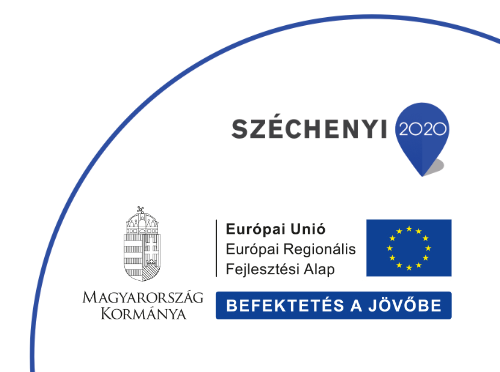The first stage of the joint research of PPCU and the Museum of Banat aimed to explore the Cistercian monastery of St Andrew's the Second Hungarian king's burial place has ended with promising results.
Founded in 1179 by King Béla the Third, the abbey was the most important Cistercian monastery in Hungary for nearly four centuries. The exploration of the remnants and finding the tomb of King Andrew the Second, who was buried there in 1235 is a crucial matter, since the majority of Hungarian medieval royal tombs were destroyed. Igris has proved to be an extremely valuable location of rich in archaeological site, where the ruins are in a much better condition than expected.
PPCU and the Museum of Timisoara has covered three times 25 square feet of space during the excavation in the jointly founded digging and has unearthed a mass grave of numerous skeletons, supposedly from the time of the Mongol invasion.
Although the excavation team does not have precise information about the exact location of the royal remnants, Dr. MAJOR Balázs, leader of PPCU’s archeology department has stated that they are about to uncover the part of the monastery where the tomb „should be”.
During the nascent of the Gothic era, founding time of universities and the knighthood, the participation in the Crusades by sending an army by the king were the most prominent activity a country could be involved in - as it is explained by Dr. MAJOR Balázs.
Beside the English, French and German king or emperor only the Kingdom of Hungary has sent its own army led by its king – Andrew the Second. The 800 anniversary of this event will be celebrated next year and thus the significance of the excavation of Igris – summed up the head of our Archeology Department regarding the exemplary the Hungarian-Romanian cooperation.


